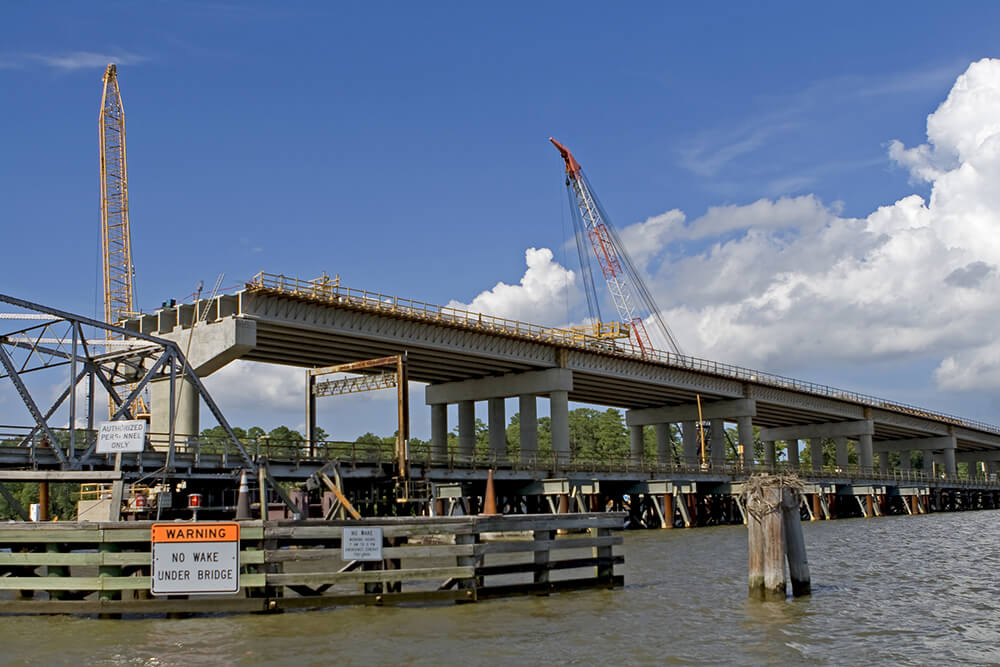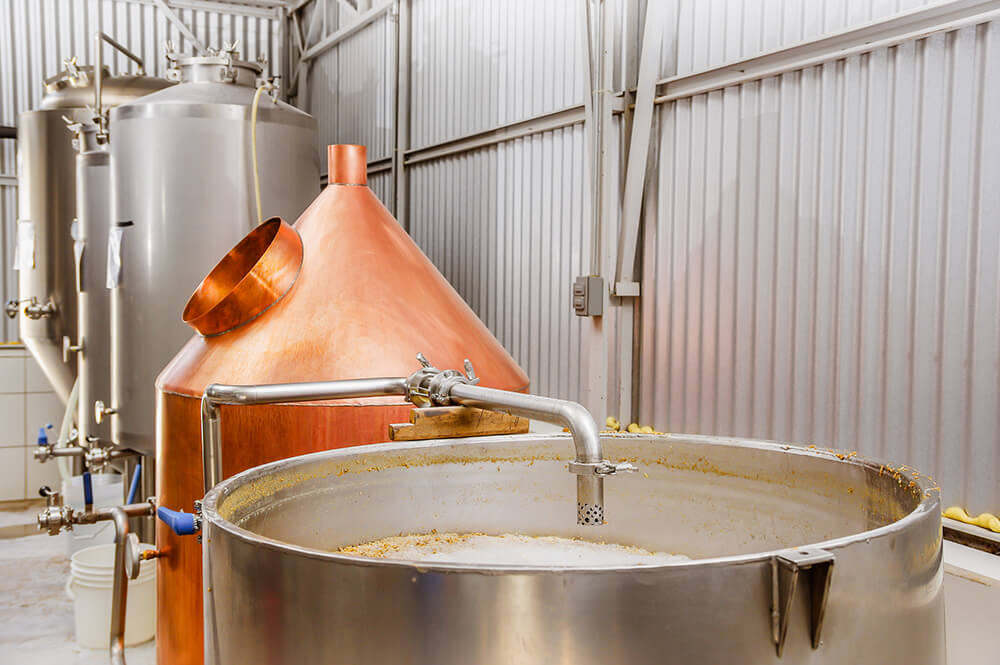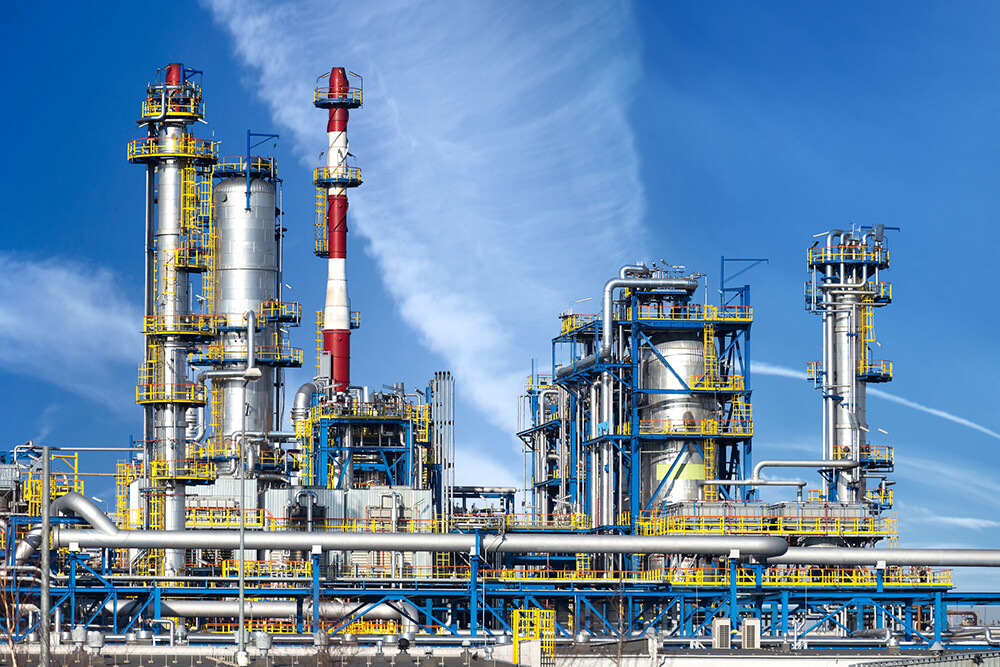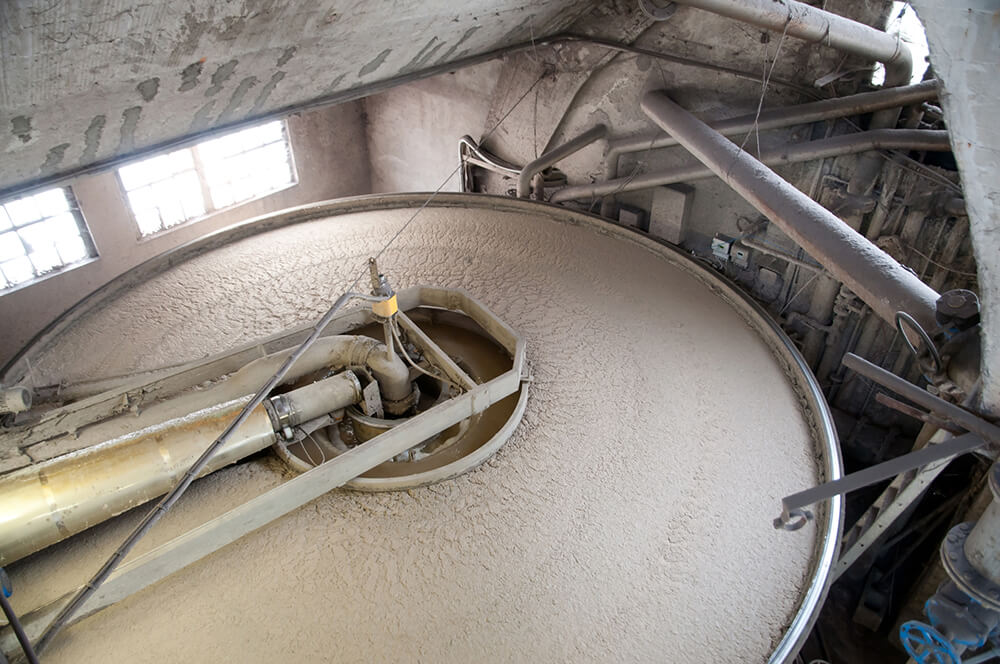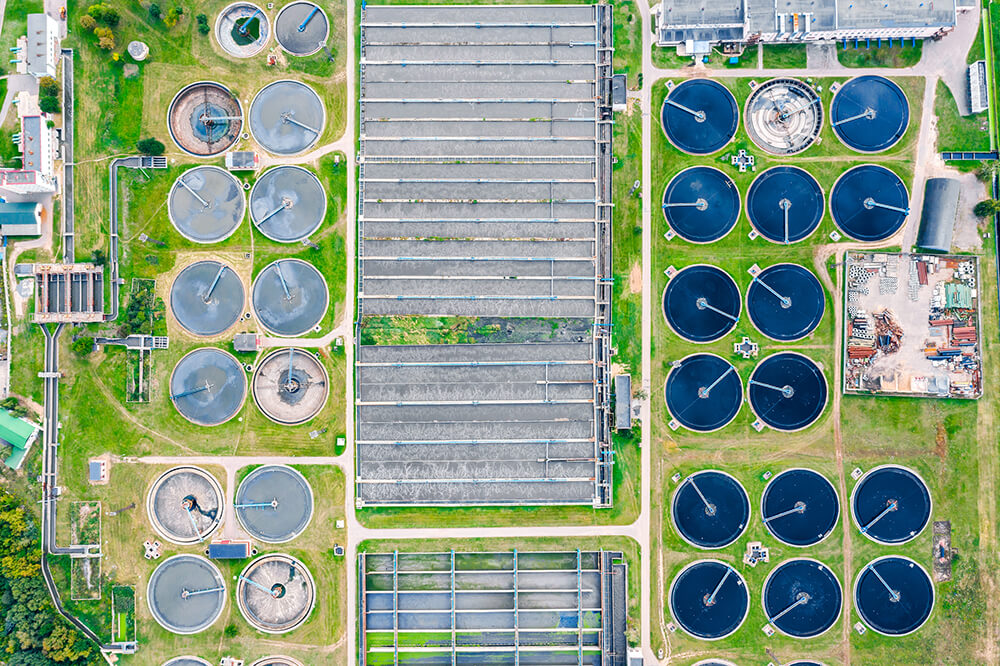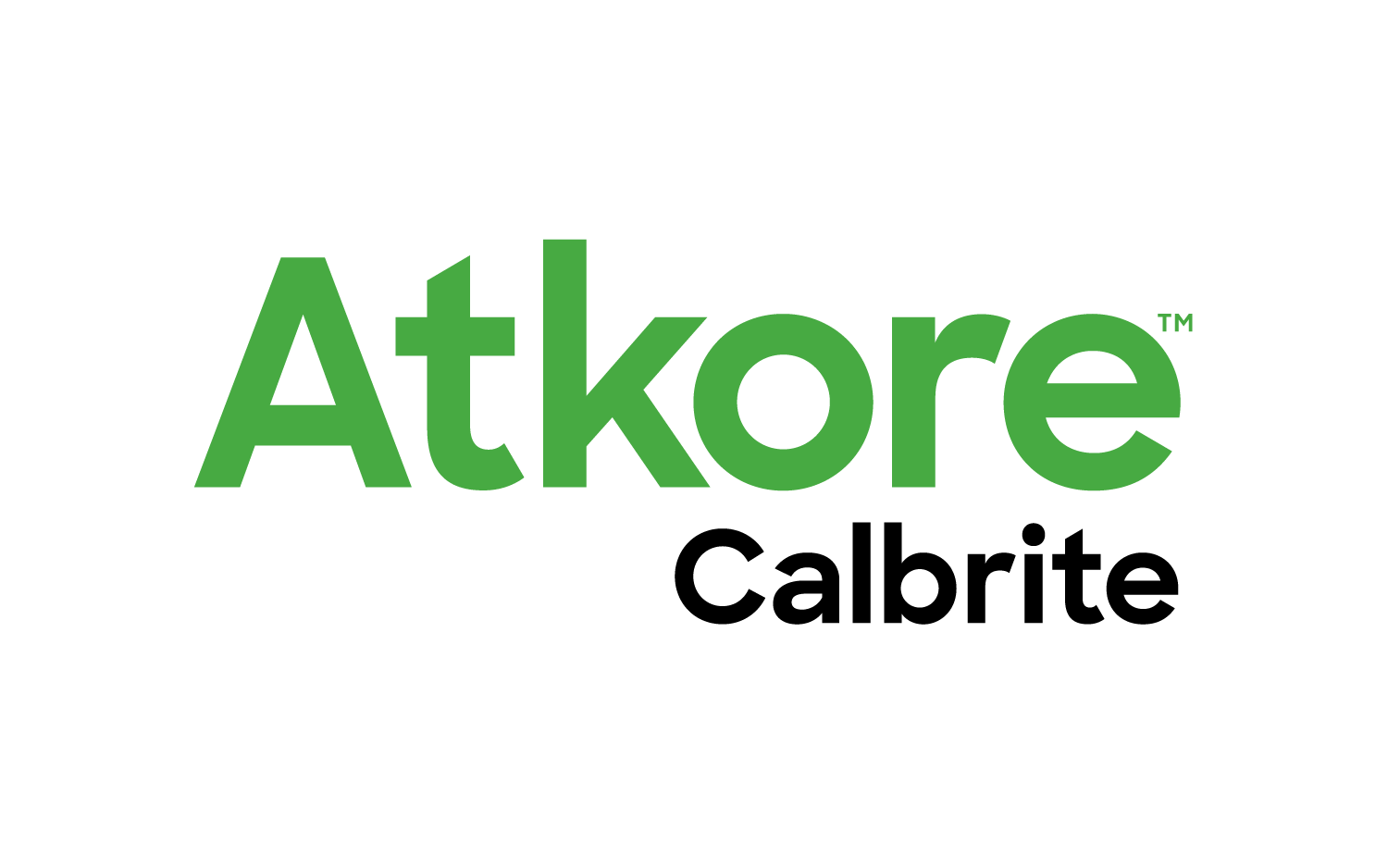STAINLESS STEEL CONDUIT
Stainless steel conduit systems offer an unparalleled solution for protecting electrical wiring in harsh, corrosive applications. Renowned for durability and overall strength, stainless steel conduit ensures that electrical systems in corrosive environments operate effectively and safely over their intended lifespan. Stainless steel is often the preferred conduit choice in these locations due to its ease of installation, longevity, and sustainability. Stainless steel is a highly alloyed, low-carbon steel with a high (at least 10.5%) chromium content, which gives it corrosion-resistant characteristics.
Stainless Steel Alloy
The electrical conduit industry uses 300-series alloys from the austenitic stainless class, specifically types 304 and 316 stainless steel. Both 304 and 316 stainless steel alloys exhibit good corrosion resistance across a wide pH range, generally from about pH 2 to pH 12. However, their corrosion resistance capabilities are influenced by the specific environmental conditions, including the presence of chlorides, temperature, and the concentration of the corrosive medium.
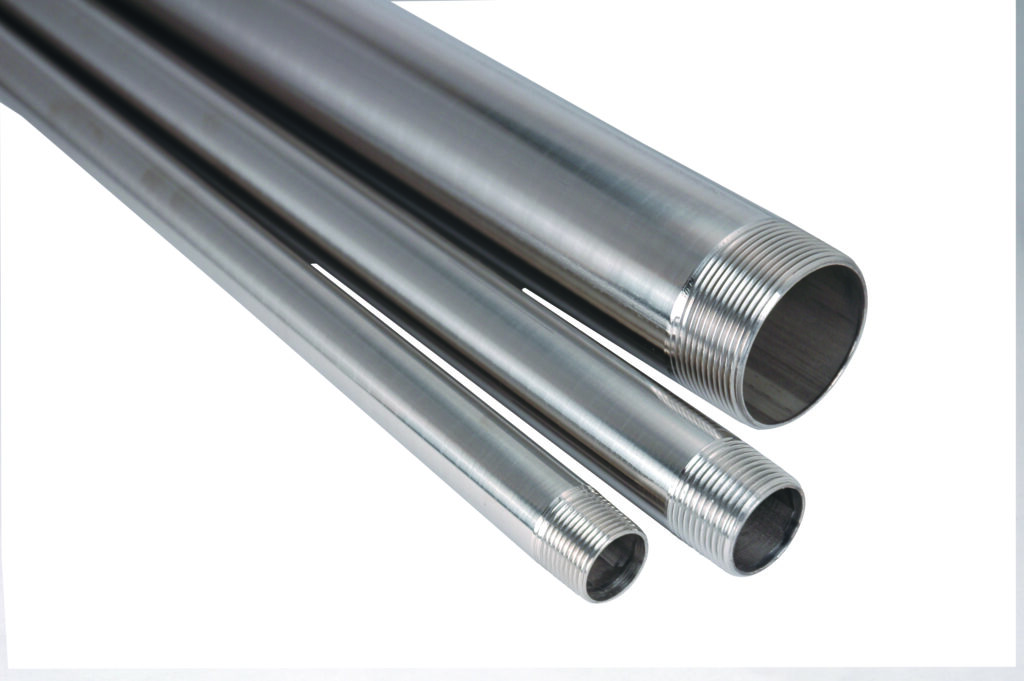
- Type 304: Known for its excellent corrosion resistance and suitability for a wide range of environments. Type 304 performance can significantly decrease below pH 2 due to the acidic conditions accelerating general corrosion, and caution is advised in alkaline environments above pH 8, especially at higher temperatures or with increasing chloride levels.
- Type 316: Offers superior corrosion resistance, making it ideal for use in more corrosive environments such as marine or industrial settings. The higher nickel content and addition of molybdenum as an alloying element in type 316 provide increased protection against pitting and crevice corrosion, relative to type 304 stainless steel, particularly in highly acidic or alkaline conditions, and in the presence of chlorides.
Applications
Stainless steel rigid conduit is NEC®-compliant for all facilities in all locations, including hazardous locations. It is allowed in dry, damp, or wet locations, and its resistance to corrosion makes it a great choice for electrical protection in various vertical markets, each requiring reliable electrical protection in harsh, corrosive environments:
- Industrial: Factories, plants, and storage.
- Food & Beverage
- Chemical
- Nuclear Power Generation
- Pulp & Paper
- Oil & Gas
- Pharmaceutical
- Infrastructure:
- Bridges, Tunnels and Roadways
- Water and Wastewater Treatment
- Agriculture
- Dairy
- Cannabis
- Marine:
- Docks
- Shipyards
- Healthcare:
- Hospitals
- Laboratories
Benefits of Stainless Steel
Corrosion Resistant
Corrosion is one of the biggest challenges faced across industries, with the estimated cost of corrosion worldwide around $2.5 trillion per year.
Corrosion costs are not limited to the replacement price for individual, failed components; worn-out parts and conduit system replacement can result in total plant shutdowns, lost production batches, danger to personnel, and additional labor required to bring equipment back online.
The chemical composition of stainless steel provides superior corrosion resistance. Chromium reacts when exposed to an oxygenated environment to spontaneously form a passive oxide layer on the surface. When scratched, this passive film “self-heals,” oxidizing over the abrasion to protect against further corrosion.

Stainless Steel
(Gibson)

Hot Dip Galvanized
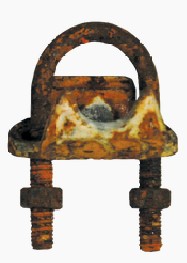
Zinc Plated
Note: Results after 4-week salt spray test.
Mechanical Properties
Both 304 and 316 SS have stable crystalline structures that result in superior mechanical properties, including high tensile strength, toughness, and ductility, at both high and low temperature extremes.
Reduced Maintenance and Repair
Stainless steel is an alloy with a homogenous chemistry, not a coated or plated product; it does not require surface treatments or preventative maintenance to protect against corrosion. This lessens the maintenance burden on facility owners and operators, reducing periodic inspections and upkeep costs. Its durability and minimal maintenance requirements often translate into a lower long-term cost compared to other materials.
Easy to Install
Stainless steel can be installed with conventional “field” tools and does not require special, labor-intensive procedures. Cutting dies and bending shoes dedicated to stainless steel conduit are recommended, however, to avoid surface contamination due to material transfer from carbon steel raceway products.
Cleanable and Aesthetic
Stainless steel conduit systems are often sold with a polished finish, providing a smooth, non-porous surface. This surface is easier to sanitize, helps prevent bacteria or pathogens from harboring, is aesthetically pleasing, and further reduces corrosion.
Sustainable
Stainless steel is 100% recyclable, making it an eco-friendly option. Stainless steel does not burn and emit dangerous smoke and carcinogens. It is also neutral and a stable alloy; it will not leach into products or surrounding areas, which is critical in the food and beverage sector.
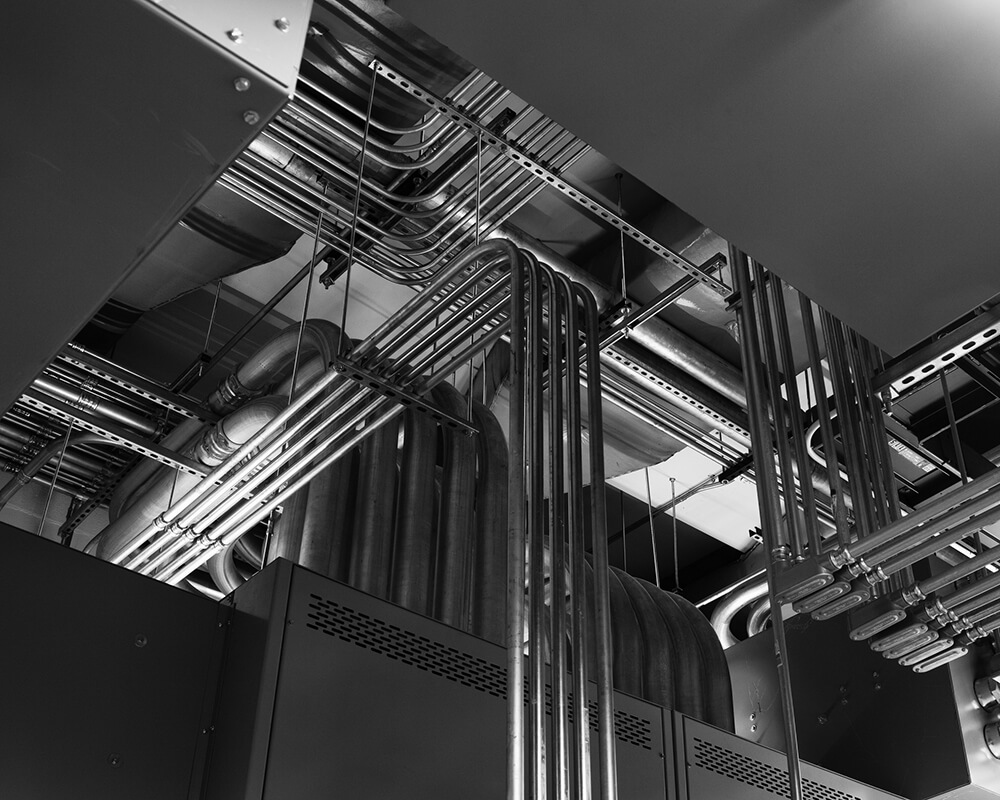
Conclusion
While it may cost more initially, stainless steel conduit systems represent a smart investment for any project requiring protection of electrical infrastructure in corrosive environments. It will outlast other materials, is easy to install, and requires little, if any, maintenance. With its broad corrosion resistance making it suitable for various harsh environments, stainless steel conduit provides a reliable solution for ensuring the longevity and integrity of electrical systems across numerous industries.
The durability and extended service life of stainless steel raceways yield long-term savings through the avoidance of costs associated with replacement of inferior products, making stainless steel a highly cost-effective material.
